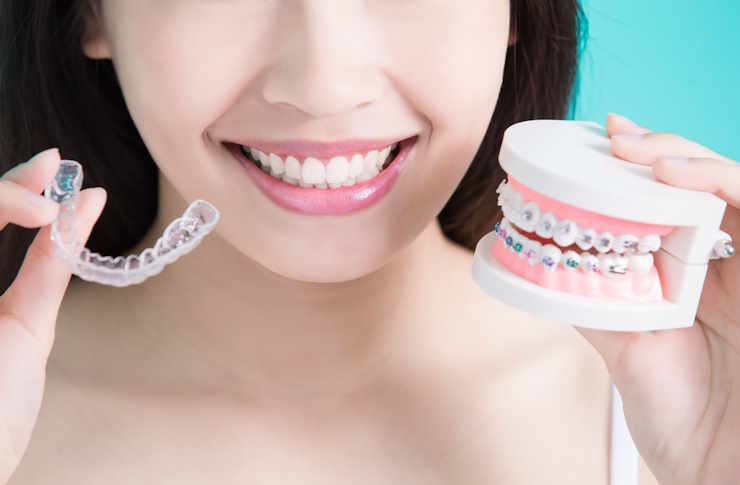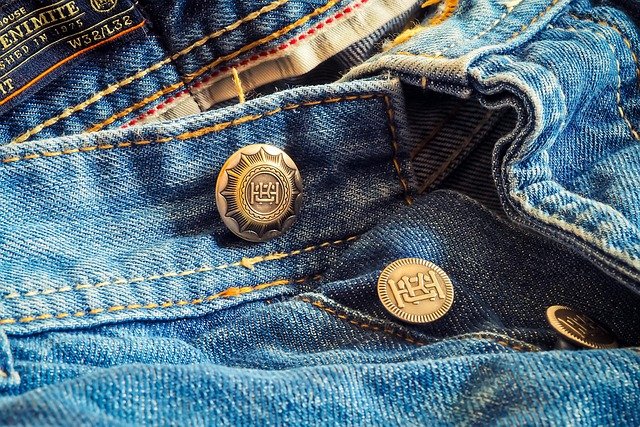Read more about dental clips for teeth
Dental clips are commonly discussed dental aids designed to support tooth alignment, appearance, or denture stability. This overview explains general information about their materials, fitting, and basic care practices. Read more about dental clips for teeth.

Dental clips have become an essential component of orthodontic care, offering solutions for individuals seeking to improve their bite, alignment, and overall oral health. These devices come in various forms and are designed to address specific dental concerns, from minor adjustments to comprehensive realignment. By exploring the different types available, the materials used in their construction, and the professional processes involved in their application, you can gain a clearer picture of what to expect during orthodontic treatment.
General overview of dental clip types and their common purposes
Dental clips encompass a range of devices used in orthodontic and restorative dentistry. Traditional metal brackets remain the most recognizable type, consisting of small stainless steel attachments bonded to each tooth and connected by archwires. These are commonly used to correct overcrowding, gaps, overbites, underbites, and crossbites. Ceramic brackets offer a similar function but use tooth-colored materials to blend more naturally with the enamel, making them a popular choice for adults and teens concerned about aesthetics.
Lingual brackets are another variation, attached to the back surfaces of teeth rather than the front, rendering them virtually invisible from the outside. Self-ligating brackets represent a more modern approach, using built-in clips or doors to hold the archwire in place without the need for elastic ties. This design can reduce friction and potentially shorten treatment time. Beyond brackets, dental splints serve a different purpose by stabilizing teeth after injury or surgery, holding them in place while healing occurs. Retainer clips and bonded retainers also fall under this category, maintaining tooth position after active orthodontic treatment concludes.
Materials commonly used in dental clips and considerations for selection
The materials used in dental clips significantly impact their performance, durability, and appearance. Stainless steel remains the most common material for traditional brackets due to its strength, corrosion resistance, and cost-effectiveness. This metal alloy can withstand the constant pressure applied during tooth movement and is easy to sterilize and maintain. However, some patients may have nickel sensitivities, prompting the use of alternative alloys or materials.
Ceramic materials, typically made from polycrystalline or monocrystalline alumina, provide an aesthetic alternative to metal. These brackets are strong and stain-resistant, though they may be slightly more brittle than their metal counterparts. Plastic or polymer brackets offer another cosmetic option but tend to be less durable and may discolor over time, making them less suitable for long-term treatment.
Titanium is occasionally used for patients with metal allergies, offering biocompatibility and strength, though at a higher cost. Gold-plated brackets appeal to those seeking a distinctive look while maintaining metal durability. When selecting materials, orthodontists consider factors such as treatment duration, aesthetic preferences, potential allergies, bite force, and budget. The material choice can influence both the effectiveness of treatment and the patient’s comfort and confidence throughout the process.
Key steps involved in fitting dental clips and professional assessment essentials
The process of fitting dental clips begins with a comprehensive professional assessment. During the initial consultation, an orthodontist examines the teeth, jaw alignment, and overall oral health. Diagnostic records are gathered, including X-rays, photographs, and dental impressions or digital scans. These tools help create a detailed treatment plan tailored to the individual’s specific needs and goals.
Once the plan is established, the fitting appointment can proceed. The teeth are thoroughly cleaned and dried to ensure proper adhesion. A conditioning solution is applied to the enamel surface, creating a slightly rough texture that enhances bonding. A specialized dental adhesive is then placed on each bracket, which is carefully positioned on the tooth surface according to precise measurements. A curing light hardens the adhesive, securing the bracket in place.
After all brackets are bonded, the orthodontist threads an archwire through the brackets and secures it using elastic ligatures or the self-ligating mechanism, depending on the bracket type. The wire applies gentle, continuous pressure to guide tooth movement. Throughout treatment, regular adjustment appointments are necessary, typically every four to eight weeks, to tighten wires, replace elastics, and monitor progress. The orthodontist assesses tooth movement, checks for any complications, and makes modifications to the treatment plan as needed. Proper oral hygiene instruction is essential, as brackets and wires create additional surfaces where plaque and food particles can accumulate, increasing the risk of decay and gum disease if not properly maintained.
Understanding the duration and maintenance of dental clips
The length of time dental clips remain in place varies widely depending on the complexity of the case. Minor corrections may require only 12 to 18 months, while more severe misalignment can extend treatment to two or three years. Compliance with orthodontic instructions, including wearing rubber bands as directed and attending scheduled appointments, significantly influences treatment duration.
Maintaining dental clips requires diligent oral hygiene practices. Brushing after every meal, using interdental brushes or floss threaders to clean around brackets and wires, and avoiding hard or sticky foods that could damage the appliances are all critical. Regular dental cleanings complement at-home care, ensuring that areas difficult to reach remain free of plaque buildup. Patients should also be prepared for minor discomfort following adjustments, which typically subsides within a few days.
Conclusion
Dental clips serve as foundational tools in orthodontic treatment, offering effective solutions for a wide range of alignment issues. By understanding the various types available, the materials used in their construction, and the professional processes involved in their application, patients can approach orthodontic care with confidence and realistic expectations. Proper selection, fitting, and maintenance of these devices contribute to successful outcomes, ultimately leading to healthier, more aesthetically pleasing smiles. Consulting with a qualified orthodontist ensures that treatment is tailored to individual needs, maximizing both comfort and results throughout the journey.
This article is for informational purposes only and should not be considered medical advice. Please consult a qualified healthcare professional for personalized guidance and treatment.




